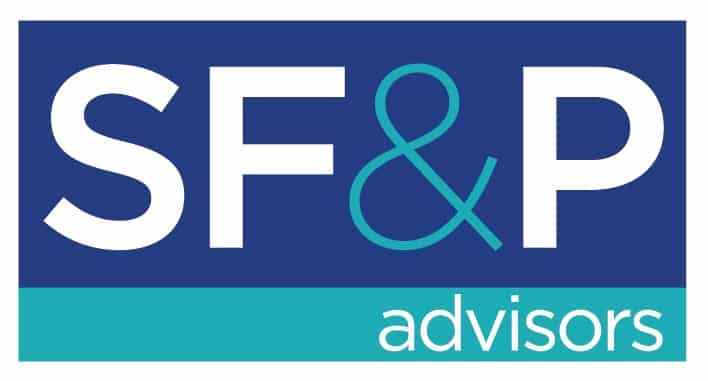We love SEO here at Hook Agency for its long-term power and ability to turn your website and brand into an asset and authority. Google Ads should not be forgotten. It can be a powerful tool if used correctly and even work with SEO by boosting each other up. Although, if done incorrectly, Google Ads can be an expensive experiment and a HUGE waste of time and budget.
Here are the 5 top tips for practical roofing Google Ads:
The first thing you should do – use remarketing!
We use the Google Display Ad network to remarket to roofing customers that leave a website without making a decision.
We’ll even give you 2 sets of 5 Ads that you can use if you have a designer, or if you’re using Adobe products. Adobe illustrator is a very common design program, and so we made these design templates in that program:
Green and White with Angles – 5 Google Ads for Roofers Display Ads Template

Deep red – 5 full background Google Ads for Roofers Display Ads Template

Download “Google Display Ads for Roofer Templates”
1.) Make sure your landing page is set to convert
If you have ads just going to your homepage….stop. A landing page is often one of the most overlooked aspects of a good ad campaign. You need to think about what the keywords the customer typed in to trigger your ad and what their intent was, then deliver exactly that on your landing page.
A good landing page should have these key elements:
- Main Keyword(s) in the heading – What was the ad about? This page needs to be about just that!
- Trust Factors & Differentiating Features – This could be star ratings, testimonials, what makes your different from competitors, etc
- Short & Easy To Find Contact From – Preferably right at the top of the page. Nothing turns a customer away faster than having to give an insane amount of information just to have a conversation – keep it short.
- Clear & Obvious Steps – Draw out precisely what it looks like working with you and how to do it.
- Simple, Clean – Don’t include a menu and a wall of text. Give very straightforward and relevant information
Here is an example of one of our client’s pages. It makes it very easy and obvious for a potential customer to see differentiating features, and how to contact the company. Below are very specific steps on their process is and a little bit more information.

2.) Each Service Has Its Own Campaign & Ad Groups Have No More Than 10 Keywords
A lot can be said about campaign and ad group grouping. We’ll just make this simple. If you want to use different budgets for different services, you’ll want to have separate campaigns for each service such as roofing, siding, and insulation. In addition, if you’re going to target different locations for different keywords, then you will also need a separate campaign for each of those.
Next is setting up ad groups. Each ad group should be targeting a specific theme and keyword. For example, “roofing estimates,” “roofing repair,” “roofing patch,” would each have their own ad groups with 3-4 ads in each ad group. Ideally, each ad group will have around five keywords in it and no more than 10.
3.) Use Google Keyword Planner For Getting Keyword Data & Use Only Modified Broad Match, Phrase Match & Exact Match Keywords
You can use Google Keyword Planner, which is available in your ad account for free. You can also use a paid version such as SEMrush or Ahrefs. From there, it’s pretty simple. Type in what you think people are searching and what you could deliver on as a service, and add the results to your campaign. Reminder – the higher intent of the keyword, the less volume matters (how many people are searching for it.)
You can also type in a search right into Google and scroll to the bottom to the “Searches related to,” where Google lists high searched queries that are typically good keyword options.

You’ll want to stay away from broad match keywords since this will trigger your ads for all kinds of searches not related to your specific services. You should be using modified general match keywords which looks like this +minneapolis +roofing. You can also use phrase match, “Minneapolis roofing,” or exact match [minneapolis roofing].
4.) Add Negative Keywords Weekly By Scanning The Search Terms Report From The Dashboard
Negative keywords should be added as soon as possible when starting out on a campaign. Some quick no brainer negative keywords to add right off the bat would be “salary,” “jobs,” “free,” “ideas,” etc. There should be a lot of time spent in the first month or two after a campaign is launched combing through all of the searches that are triggering ads and adding any negative keywords necessary. This takes effort and some time, but it’s the difference between a successful campaign and a waste of money.
5.) Use Lots Of Extensions: At Least Callout, Sitelink, Structured Snippets, Location & Call Extensions
Extensions are pivotal in the success of a Google Ads campaign. Extensions take up more real-estate on the Google search results page and therefore draws the attention of the person on the page. The extensions we love the most are:
- Callout extension – this is where you call out your differentiating features or benefit to the customer
- Sitelink extension – these are links to other pages on your site. This is a good spot for an “About Us” or “Why Us” page.
- Structured Snippet – here, you can list your services, features, and many other options.
- Call extension – this allows users on mobile to quickly call your business. It’s a good idea to schedule this extension for business hours only
- Location extension* – this is a biggie for roofers who only work in a specific area. This shows where your business is located and helps convert local customers at a higher rate. You will need to link your Ad account to your Google My Business account to activate it.
There is a lot more that goes into making effective ads that bring in leads and don’t waste money. There are a ton of moving parts in Google Ads, and we do not advise on spending money on ads without prior experience or with the help of an expert. This list is a good just a good start
















